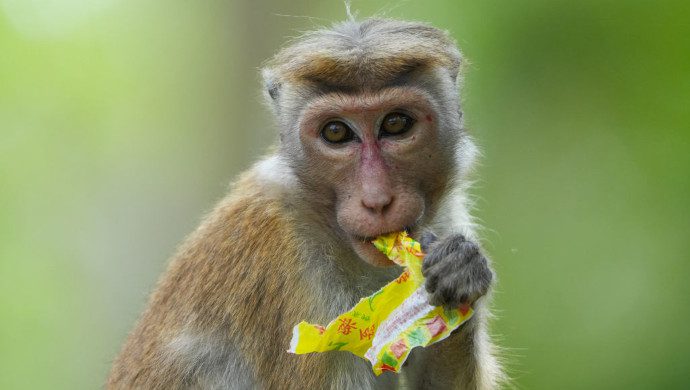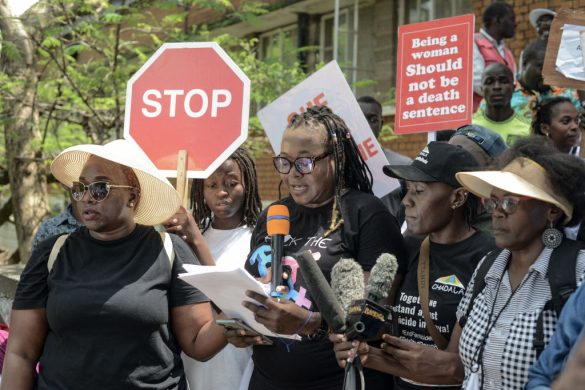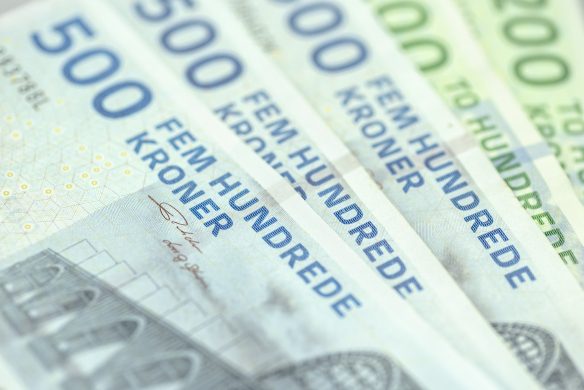14,5 procent af alle udledninger af drivhusgasser forårsages af tamkvægsbestande, men udledningerne kan nedbringes med mindst 30 pct. Særligt i Afrika, Asien og Latinamerika kan der reduceres, konkluderer FNs Fødevare- og Landbrugsorganisation i ny rapport.
ROME, 26 September 2013: The report, “Tackling climate change through livestock: A global assessment of emissions and mitigation opportunities”, represents the most comprehensive estimate made to-date of livestock’s contribution to global warming – as well as the sector’s potential to help tackle the problem.
All told, greenhouse gas (GHG) emissions associated with livestock supply chains add up to 7.1 gigatonnes (GT) of carbon dioxide equivalent (CO2-eq) per year – or 14.5 percent of all human-caused GHG releases.
The main sources of emissions are: feed production and processing (45 percent of the total), outputs of GHG during digestion by cows (39 percent), and manure decomposition (nedbrydning af gødning) – 10 percent.
The remainder is attributable to the processing and transportation of animal products.
To arrive at its estimates, FAO conducted a detailed analysis of GHG emissions at multiple stages of various livestock supply chains, including the production and transport of animal feed, on-farm energy use, emissions from animal digestion and manure decay, as well as post-slaughter transport, refrigeration and packaging of animal products (More about FAO’s methodology).
Large potential for cuts
By drilling down into where and how emissions occur, the report reveals that significant emission reductions are within the reach of livestock producers.
Wider adoption of existing best practices and technologies in feeding, health and husbandry, and manure management – as well as greater use of currently underutilized technologies such as biogas generators and energy-saving devices – could help the global livestock sector cut its outputs of global warming gases as much as 30 percent by becoming more efficient and reducing energy waste.
Within livestock production systems, there is a strong link between resource use efficiency and the intensity of GHG emissions, notes FAO’s report. The potential for achieving emissions reductions lies in enabling all livestock producers to change to practices already being used by the most efficient operators.
“These new findings show that the potential to improve the sector’s environmental performance is significant – and that realizing that potential is indeed do-able,” said Ren Wang, FAO Assistant Director-General for Agriculture and Consumer Protection.
“These efficiency gains can be achieved by improving practices, and don’t necessitate changing production systems. But we need political will, better policies and most importantly, joint action.”
With world demand for livestock products continuing to grow strongly in almost all developing countries, he added, “it is imperative that the sector starts working now to achieve these reductions, to help offset the increases in overall emissions that future growth in livestock production will entail.”
Many of the actions FAO recommends for improving efficiency and reducing greenhouse gas emissions would also boost production – providing people with more food and higher incomes, with benefits for food security and poverty reduction..
Currently, livestock raising supports the livelihoods of hundreds of millions of people and represents an increasingly important source of protein in many regions that have long struggled with chronic hunger and malnutrition.
Potential across the board
Læs videre på
http://www.fao.org/news/story/en/item/197608/icode














